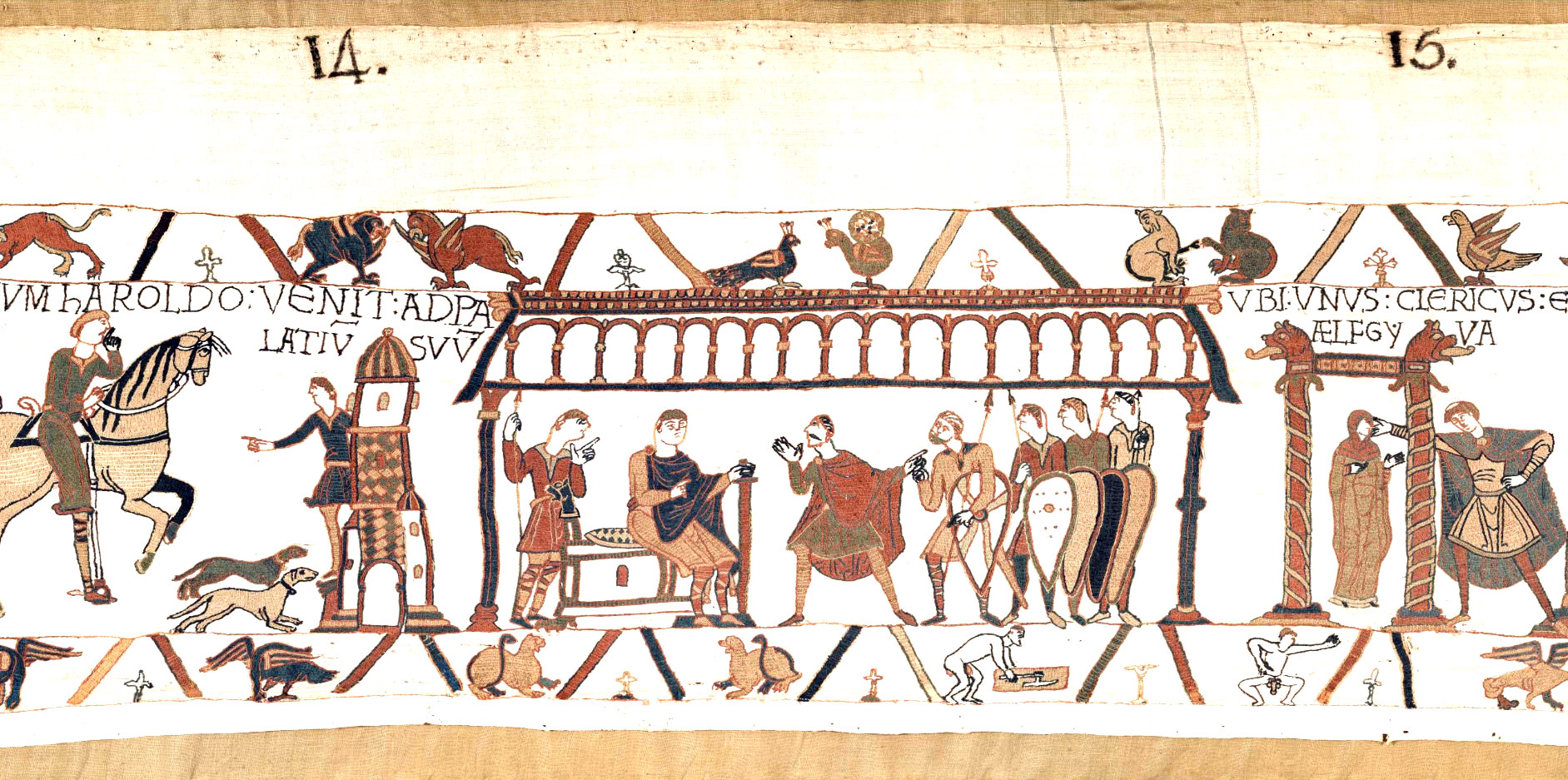Northumbrian Revolt of 1065
Background
The Northumbrian Revolt of 1065 was a rebellion against the Earl of Northumbria, Tostig Godwinson, during the reign of Edward the Confessor. The Northumbrians had enough of Tostig's harsh rule and the assassinations of three prominent Northumbrian political opponents, which led to the region rebelling against its tyrannical leader.
Tostig's administration of Justice in the north implemented rules that allowed robbers to be killed with their property being confiscated by the earl. Tostig's profits from this activity were perceived as his primary motive for pursuing wrongdoers.
Tostig was often absent from his duties in Northumbria while attending the King's court or at his estates in Wiltshire.
On October 3rd, 1065, while Tostig was south, hunting with the King in Wiltshire, a rebel force of 200 men entered Northumbria's capital, York, killing two of Tostig's housecarls (household troops). The next day, they looted his treasury, killed 200 of Tostig's supporters, renounced their allegiance, and proclaimed Morcar, brother of Edwin, Earl of Mercia, the new Earl of Northumbria.
The rebels then headed south, gathering reinforcements from Nottinghamshire, Derbyshire, and Lincolnshire while causing devastation in Yorkshire and the Midlands as they went until they joined the army of Mercia in Northampton.
Edward the Confessor sent his chief earl, Harold Godwinson, Tostig's brother, north to negotiate with the rebels. The rebels refused to compromise, and Harold advised the King to recognize Morcar as the Earl of Northumbria.
Battle
King Edward the Confessor called his counselors to join him at Britford in Wiltshire and then moved to Oxford. The advice given by his counselors was conflicting as some thought Tostig had brought the crisis on himself and should not be defended. Tostig blamed his brother, Harold, accusing him of plotting with the rebels.

Edward sent messengers to the rebels, telling them that if they halted their devastation and allowed the legal process to take its course, he would address all valid grievances. The insurgents responded by telling the King he had first to depose and exile Tostig.
The King then summoned his army to assemble and prepare for battle, hoping to crush the rebellion. But the military did not respond to his call. When the King's men refused to obey him and his chief earl, Harold Godwinson, advised him to abandon Tostig's cause, The King realized he had no other options.
On October 27th, 1065, as his last public act, Edward acceded to the demands of the Northumbrian rebels, promised to restore their old laws, and sent Tostig into exile.
Aftermath
Tostig was a favorite of Edward the Confessor. A contemporary source tells us that Edward's grief over the exile was so great that he fell ill and grew progressively worse. This sickness was likely a series of strokes that ultimately led to Edward's death in January 1066.
Tostig left England and was exiled to Flanders, where other supporters joined him. There, he would find an ally in Harald Hardrada, King Harald III of Norway.
The Northumbrian Revolt of 1065 and the rift between Harold and Tostig Godwinson set in motion the events that would lead to the Battles of Fulford and Stamford Bridge, culminating in the Battle of Hastings in October 1066 and the Norman Conquest of England.

 Earl Edwin
Earl Edwin